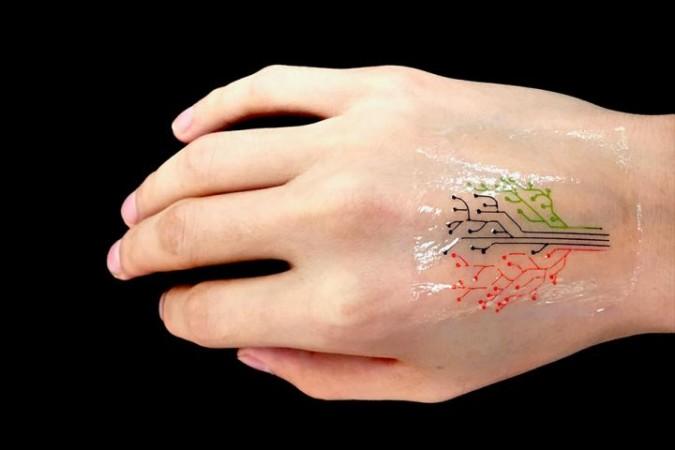
From celebrities to commoners, tattoos have become a very popular form of body art in the recent years. The craze has gone to such an extent where people are getting eyeball tattoos as well. Now, the engineers have devised something extraordinary by creating world's first 'living tattoo' using a 3D printer.
Massachusetts Institute of Technology (MIT) engineers have created a new ink from genetically programmed living cells. These cells are engineered to light up in response to a variety of stimuli.
Moreover, they can be printed layer by layer, to form 3D, interactive structures and devices when mixed with a slurry of hydrogel and nutrients.
The most interesting thing is, the researchers led by Xuanhe Zhao, the Noyce Career Development professor in MIT's Department of Mechanical Engineering say that this technique can be used to fabricate the 'active' materials for wearable sensors and interactive displays.
Xuanhe Zhao said in a statement: "We found this new ink formula works very well and can print at a high resolution of about 30 micrometres per feature."
The researchers printed a thin, transparent patch patterned with live bacteria cells in the shape of a tree, where each of the branches is lined with cells sensitive to a different chemical or molecular compound.
To test the patch, researchers smeared several chemical compounds on the subject's hand and branches of the patch's tree were seen lit up when cells sensed the corresponding chemical stimuli.
The researchers also developed a model to predict the communication between cells within a given 3D printed structure, for instance, they programmed some cells to light up only when they receive a certain signal from another cell.
For several years, researchers have had many unsuccessful attempts to use live mammalian cells to serve as responsive materials for 3D-printed inks. Since the cells were too weak, they easily ruptured. Finally, they identified a hardier cell type in bacteria that can survive relatively harsh conditions.
Hyunwoo Yuk said, in the future, researchers may use this technique to print 'living computers' as well.
"This is very future work, but we expect to be able to print living computational platforms that could be wearable," Yuk says.
The results were published in the journal Advanced Materials.
















